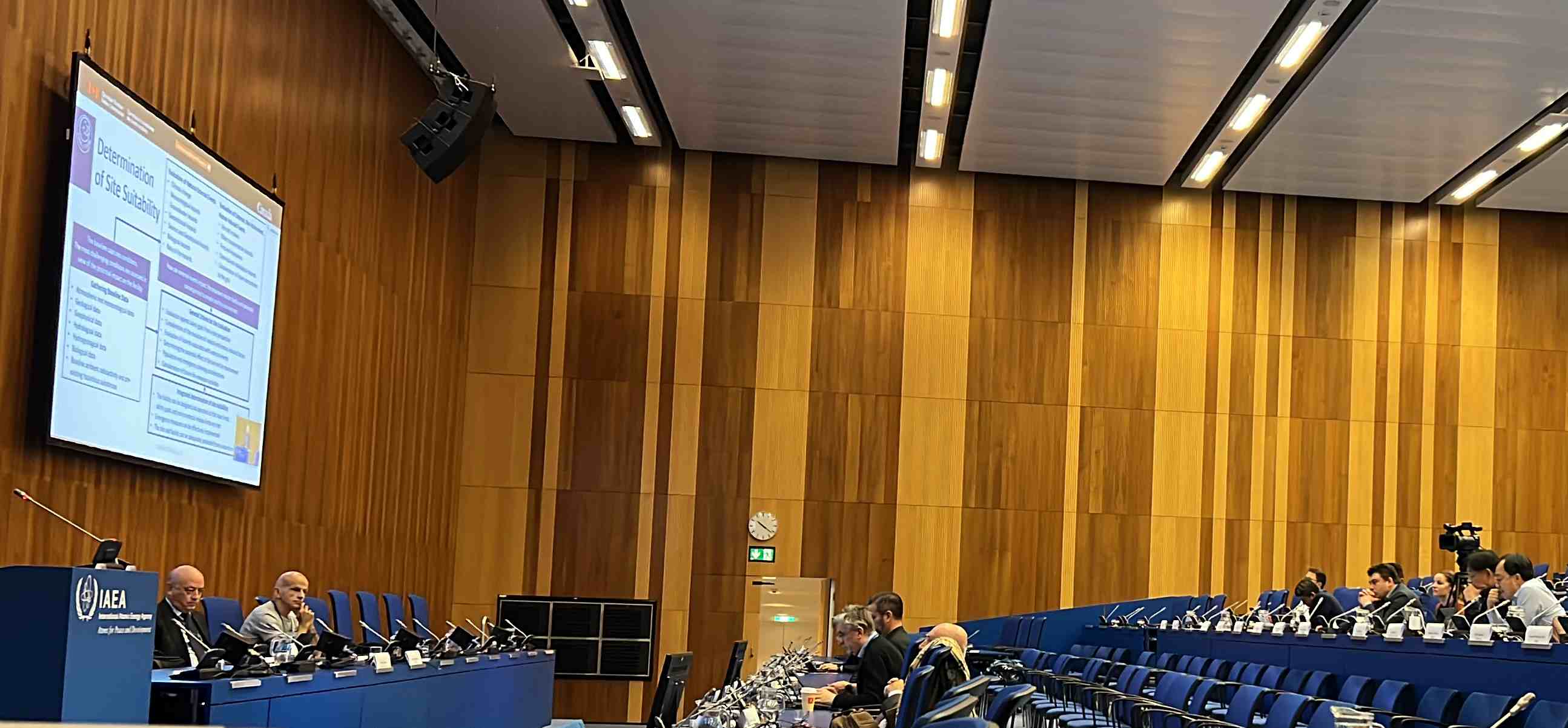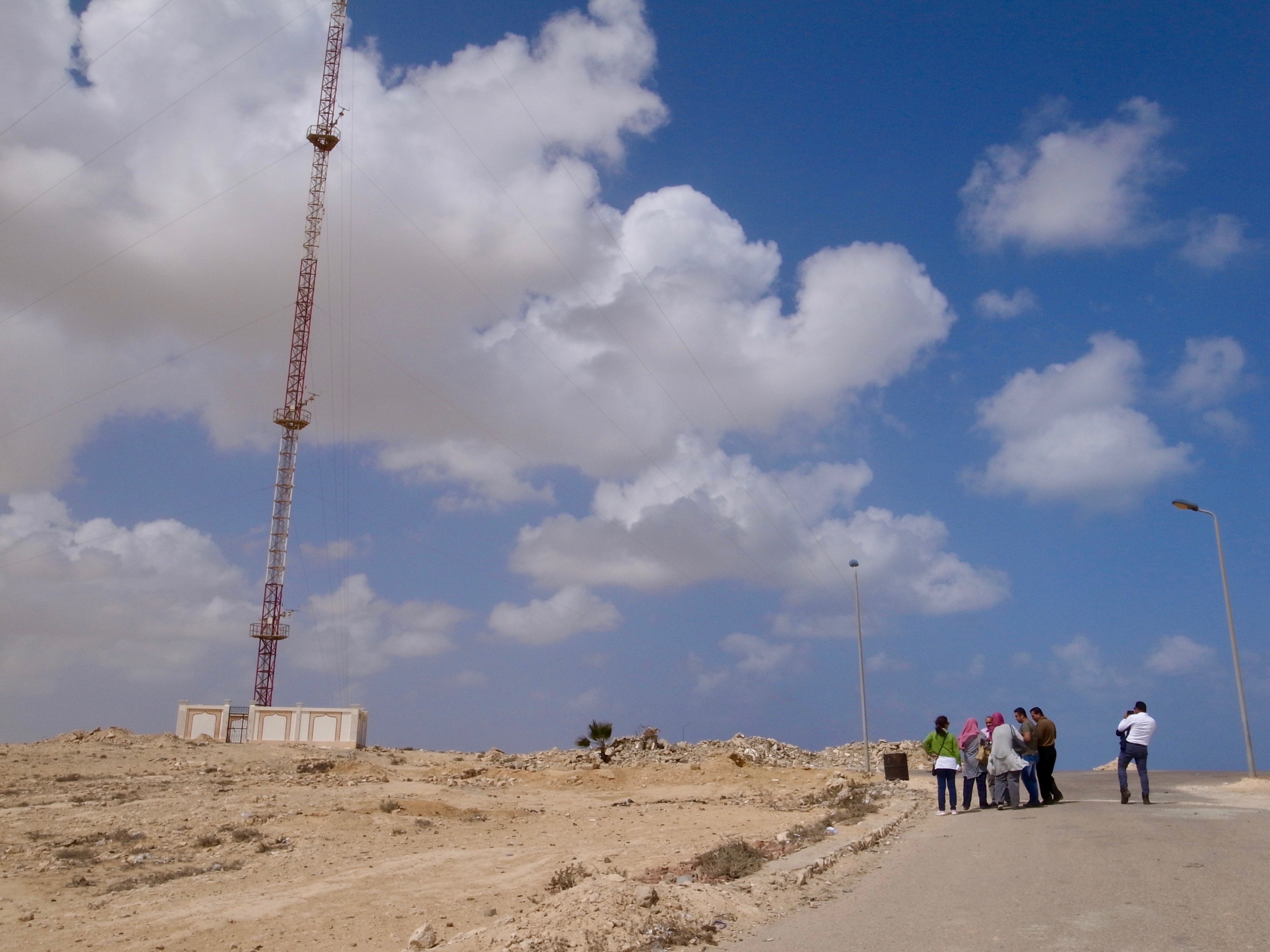Fifty participants from 29 countries discussed the progress of the SEED (Site and External Events Design) review service and the capacity building programme on the site and design for nuclear installations, during a recent technical meeting at the IAEA Headquarters in Vienna, Austria. Specific draft documents that related to SEED, were also assessed. The meeting focused on improvements to be implemented, based on the feedback of experiences of countries, including the seven pilot countries — Egypt, Kazakhstan, Kenya, Morocco, Nigeria, Poland, and Uzbekistan.
The new revised and enhanced structure of the SEED guidelines document was also presented to the participants. It includes guidance on how to conduct a SEED workshop, types of training that will enhance the safety of nuclear power plants, self-assessment questionnaire as well as areas covered by SEED review missions.
“The SEED programme, backed by its updated guidelines and all-encompassing training endeavours, stands as proof of the collective dedication to ensure the safety and sustainability of our support to countries interest in nuclear power programmes to meet the increased energy demands,” said Paolo Contri, Head of the IAEA External Events Safety Section.
Achieving consensus on the training documents and SEED guidelines was among the main objectives of the expert meeting that took place from 9-13 October 2023. National presentations gave an insight on the education and training conducted on nuclear site safety for regulatory bodies in embarking countries. The exchanges also covered other IAEA working documents including ‘Self-Assessment Questionnaires for Site Selection and Evaluation’, and ‘Hands-on Practice Module for Site Safety Review.’
The IAEA, External Events Safety Section (the EESS) supports Member States, upon request, to achieve a high level of safety in relation to external events such as earthquakes, floods, typhoons, landslides, and events induced by human activities, which is undertaken by means of safety reviews, advisory services and capacity building based on the IAEA safety standards and technical documents. “Capacity building is instrumental in this process and reflected as an integral part of the SEED mission planning,” said Contri.



